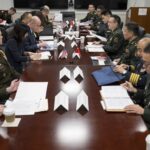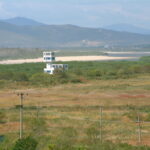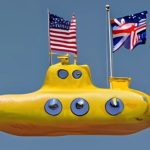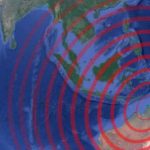
JOHN DELURY, MORTON HALPERIN, PETER HAYES, CHUNG-IN MOON, LEON SIGAL, TOM PICKERING APRIL 19 2024 I. INTRODUCTION In this essay, the authors revisit the concept of comprehensive security in Northeast Asia as the guiding principle that should be used to reduce tension, avoid war, and re-engage on a constructive peace-making cooperative security agenda in Northeast […]









